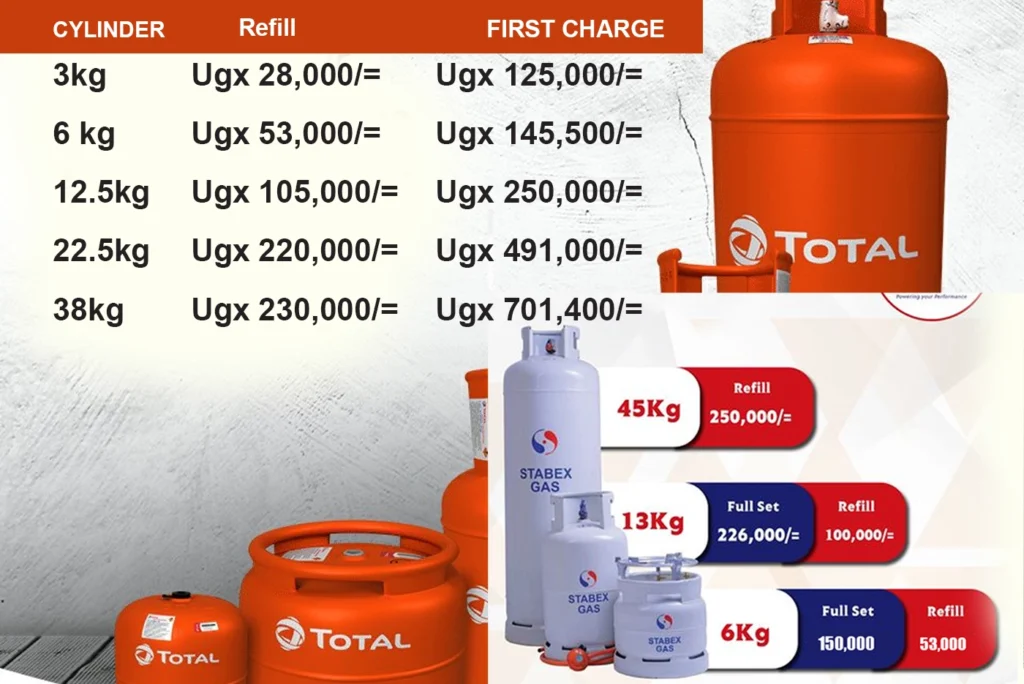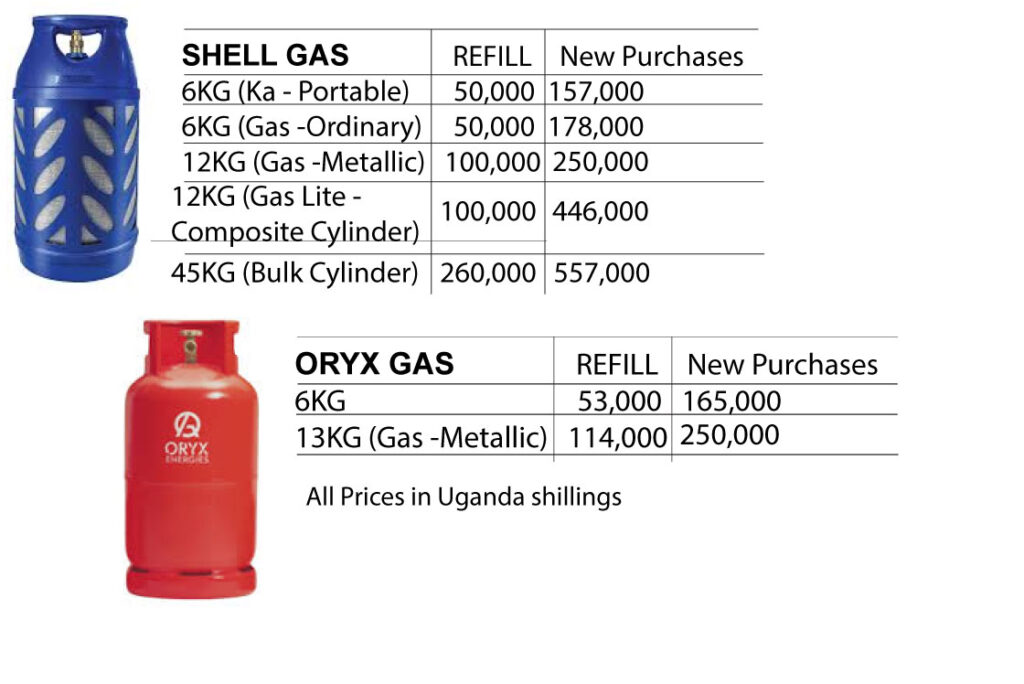Where we are today on Cooking Gas;
In Uganda, the use of cooking gas is slowly gaining traction, but it remains far from widespread. Out of every 20 homes, only 3 use gas, and even among these, just 1 household fully relies on gas as the primary energy source for cooking. The steep cost of acquiring new gas cylinders is the main barrier preventing most Ugandans from making the switch from charcoal to gas.
While some households continue to depend on firewood, a few others turn to electricity or kerosene (locally known as amafuta). Unfortunately, the majority of cooking in Uganda still relies heavily on charcoal, which is produced by cutting down and burning trees—a practice that severely harms the environment.
In rural areas, especially those far from Kampala, the adoption of gas is even slower compared to urban centers. Through discussions with locals, it became clear that high start-up costs and the expense of refilling gas cylinders are significant obstacles. Refilling poses a unique challenge in Uganda: it’s nearly impossible to refill a gas cylinder from one company with another company’s gas. For instance, if you purchased a cylinder from Meru Gas, you must return the empty cylinder to a Meru Gas depot for a refill.
This refill process becomes particularly problematic if someone relocates to an area where their gas supplier has no presence. Without access to the original supplier, refilling the cylinder can be next to impossible, further discouraging people from adopting gas as a cooking option.
STABEX AND TOTAL GAS PRICE

SHELL AND ORYX GAS PRICE

